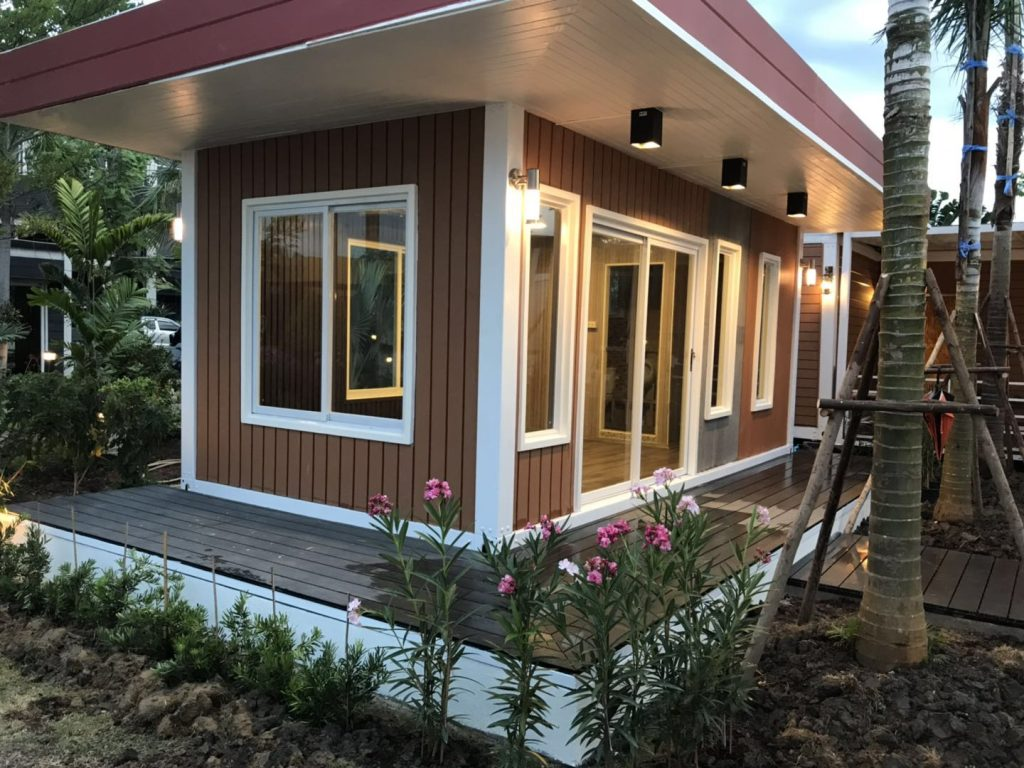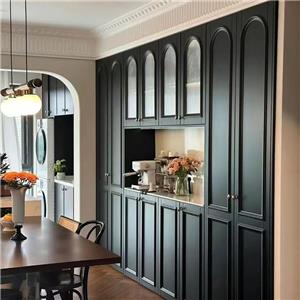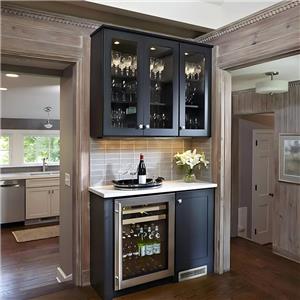Wood-Plastic Composite (WPC) Market Overview
Wood-Plastic Composite (WPC) has emerged as a versatile and sustainable material, gaining significant traction in worldwide market. With its unique blend of wood fibers and plastic, WPC offers a range of benefits that have propelled its market growth

wpc deck on yacht

Wood-Plastic Composite (WPC) has emerged as a versatile and sustainable material, gaining significant traction in worldwide market. With its unique blend of wood fibers and plastic, WPC offers a range of benefits that have propelled its market growth. In this article, we will delve deeper into the market trends, drivers, challenges, and regional dynamics that shape the global WPC industry.
Market Growth and Trends
The market for wood-plastic composite(WPC) has experienced substantial growth in recent years and is projected to continue its upward trajectory. One of the key drivers behind this growth is the increasing demand for eco-friendly and durable materials across various sectors. The construction industry, in particular, has played a pivotal role in driving the WPC market, with applications in decking, railing, fencing, and cladding. The ability of WPC to resist moisture, decay, and insect damage, coupled with its low maintenance requirements, has made it an attractive choice for outdoor construction projects.
The automotive industry is another sector that has witnessed a rising demand for WPC. Manufacturers are increasingly incorporating WPC in interior and exterior components of vehicles to achieve weight reduction, improve fuel efficiency, and enhance design flexibility. The furniture and consumer goods market has also embraced WPC for indoor and outdoor furniture, household items, and decorative applications. The resistance of WPC to moisture, fading, and staining makes it an appealing option for these sectors.
Key Drivers of WPC Market
1. Sustainability and Environmental Concerns: As global environmental concerns continue to rise, there is a growing emphasis on sustainable materials and practices. WPC offers a solution by reducing reliance on timber resources and minimizing the carbon footprint associated with traditional wood products. The ability to utilize recycled materials in WPC production further enhances its sustainability credentials, appealing to environmentally conscious consumers and industries.
2. Durability and Performance: One of the primary advantages of WPC is its durability and long lifespan. Unlike natural wood, WPC is resistant to moisture, rot, decay, and insect infestation, making it an ideal choice for outdoor applications. Its low maintenance requirements, such as the absence of regular sealing, staining, or painting, contribute to its popularity among homeowners, architects, and contractors.
3. Design Versatility: WPC offers a wide range of design options, allowing for customization and flexibility in various applications. Manufacturers can produce WPC in different colors, finishes, and textures, providing architects and designers with the freedom to create unique and visually appealing spaces. This design versatility has contributed to the increased adoption of WPC in both residential and commercial projects.
4. Technological Advancements: Continuous research and development efforts in WPC technology have led to significant improvements in product quality and performance. Innovations in material formulations, extrusion techniques, and surface treatments have addressed issues related to color fading, moisture absorption, and product consistency. These advancements have enhanced the overall appeal and acceptance of WPC in the market.
Challenges in the WPC Market
While the WPC market presents significant growth opportunities, it also faces certain challenges that need to be addressed:
1. Perception and Authenticity: Some consumers still perceive WPC as less authentic compared to natural wood. The aesthetics of WPC, although highly customizable, may not match the exact appearance of traditional wood products. Overcoming this perception and educating consumers about the benefits and sustainability of WPC remains a challenge.
2. Initial Cost: The initial cost of WPC products can be higher compared to some conventional materials. This cost disparity can deter price-sensitive markets, especially in regions where low-cost alternatives are readily available. However, it is essential to consider the long-term benefits and lower maintenance costs associated with WPC when evaluating its overall value.
Regional Dynamics
The market for WPC exhibits regional variations influenced by factors such as economic conditions, construction activities, environmental regulations, and consumer preferences. Some notable regional dynamics include:
1. North America: North America has been an early adopter of WPC, driven by stringent environmental regulations and a strong focus on sustainable construction practices. The region has witnessed a substantial increase in WPC usage, particularly in decking and outdoor applications.
2. Europe: Similar to North America, Europe has prioritized sustainable construction practices and eco-friendly materials. The European market has seen significant growth in the adoption of WPC, driven by the construction and automotive sectors.
3. Asia-Pacific: The Asia-Pacific region is a rapidly growing market for WPC, fueled by factors such as rapid urbanization, infrastructure development, and increasing disposable income. Countries like China and India are witnessing a surge in construction activities, driving the demand for WPC products.
4. Rest of the World: Other regions, including South America, Africa, and the Middle East, are also witnessing a gradual increase in WPC adoption. The demand in these regions is primarily driven by the construction sector’s growth, coupled with an increasing awareness of sustainable building materials.
Conclusion:
The global market for Wood-Plastic Composite (WPC) is experiencing robust growth, driven by the demand for sustainable, durable, and low-maintenance materials. The construction sector remains the largest consumer of WPC, followed by the automotive and furniture industries. The industry’s growth is propelled by factors such as environmental concerns, durability, design versatility, and technological advancements. Despite certain challenges, the market for WPC is expected to continue expanding, with regional dynamics playing a significant role in shaping its future growth. As industries and consumers increasingly prioritize sustainable practices, HomevipoTech WPC offers a compelling solution as a versatile and eco-friendly alternative to traditional wood products.




